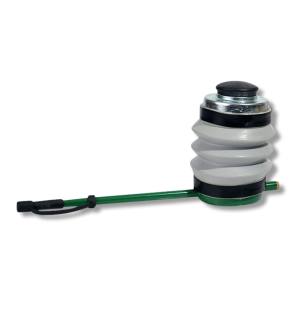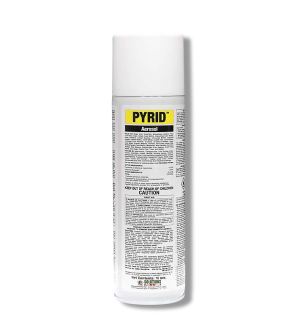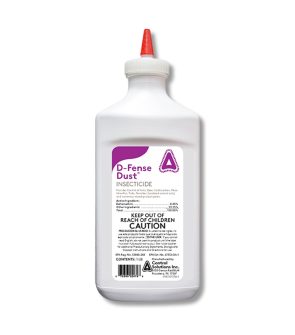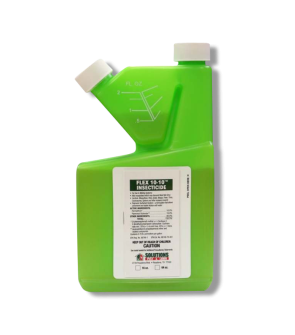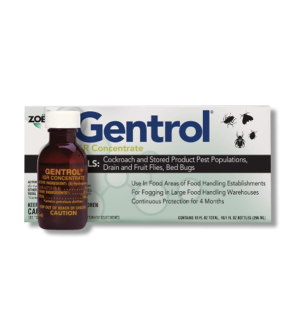Why are Bed Bugs Common in the Fall
Most Effective Products
Why Are Begs Bugs Common in the Fall
This article is a general DIY guide that explains why bed bug infestations are so common during the fall and holiday season. By following the recommended products, steps, and attached links you can have 100% control of bed bugs throughout the fall and winter season.
As the warmer weather and greenery from foliage decreases, there comes a new season of growth and pest. One of these fall pests is bed bugs, which become a frequent problem to homes due to the amount of traveling done.
These blood dependent pests are active throughout the year, but have been found to infest bed frames, mattresses, picture frames, electrical outlets, within and underneath furniture, and other hard to reach places. Like other pests, bed bugs are more active in the fall season as the weather and food sources become lower.
Bed bugs reproduce rapidly and will lay up to 12 eggs per day, which in 6 months produces over 30,000 pests. Witnessing one bed bug during the fall and holiday season could be an indication of multiple pests hiding in the cracks and crevices of your home. By following our DIY guide, you can treat your home of from potential infestations and prevent bed bugs to enjoy the remainder of the fall and winter season.
Where do Bed Bugs Hide
Bed bugs are small insects that are capable of hiding in discreet locations thanks to their flat and flexible bodies. During an infestation, they will hide in bed frames, mattresses, picture frames, electrical outlets, in and underneath furniture, and in other tight and hard-to-reach crevices. They have the ability to survive outdoors in woodpiles, car upholstery, outdoor furniture, exterior cracks along home foundation, and other places you come into contact with on a daily basis.
However, most of the time they will stay indoors near the areas you sleep or visit the most to feed on your blood. Oftentimes, bed bugs will also cling to fibers in clothing, shoe laces, and even suitcases. In fact, the most common places to pick up bed bugs is in hotels or motels, since travelers are constantly going in and out of them. It doesn't matter if it is a 1-star or 5-star location; bed bugs will hitch rides with anyone to go anywhere.
How to Protect Your Home From Bed Bugs During the Fall
If you have family or friends traveling throughout the fall and winter season you may suggest they use hard-bodied suitcases. This will prevent this hitchhiking pest from crawling across the floor to cling onto the fibers of suitcases. You can also help those visiting your home by referring them to the attached bed bug traveling guide for total bed bug control.
The threat of a bed bug infestation should not stop you or others from traveling. With these following tips and products, you can stop the spread of bed bugs or treat any active infestations. Make sure to wear the appropriate personal protective equipment (PPE) when handling items that may be infested with bed bugs and when using insecticides.
We recommend leaving all infested items in their original place as this may cause bed bug infestations to spread into un-infested areas.
Step 1: Leave any Belongings Outside

Whether you are staying at a hotel or at another persons home, keep your personal belongings in your vehicle before you enter your room. This keeps your luggage, bags, and other items safe and away from any potential bed bugs while you conduct a thorough inspection.
If you have to bring your things inside, store them in the tub since bed bugs won't be able to climb its smooth surface.
Step 2: Clean During and After Guest Stays

This may sound obvious, but when you have guests, clean up your home during and after their stays. Depending on the length of your guests stay, you will want to clean your home at least once a week if not more.
Be sure to clean all the areas where bed bugs could hide in. This could be bed frames, mattress tufts, furniture, box springs, and other tight spaces. This also gives you the chance to do any further inspection. Wash the bedding, curtains, carpet, cloth materials, and clothes of guests and yours as well on a day to day basis.
After any vacuuming, be sure to empty the contents of your vacuum bag in a outdoor trash can to stop any eggs that may have been picked up from hatching and spreading.
Step 3: Treat Home with Flex 10 and Gentrol IGR

Once guests have left your home, you will to use Flex 10-10 and Gentrol IGR. Both of these products will work to control the egg to adult stage of bed bugs in multiple environments. These products also have lasting residual effects, so you could spray a little ahead of a time to control an infestation before it gets too bad.
While these products may be used, you will want to begin with an application of Flex 10-10. The application rate for severe bed bugs infestations is to mix 6.4 oz. of Flex 10-10 per gallon of water. Do this with a handheld pump sprayer.
To mix, pour half the amount of water, add the measured amount of Flex 10-10, then pour in the remaining half of water. Close the spray tank lid and shake to ensure even agitation. Spray mattress tufts, edges, seams, and folds.
Once the mattress has been treated you can then mix in 1 oz. of Gentrol IGR into your solution to treat 1,500 sq. ft. Once combined with Flex 10-10, spray the bed frame, box spring, furniture, closets, flooring, and baseboards along the room.
Step 4: Spray Pyrid Aerosol into Cracks and Crevices

Since bed bugs can hide away in out-of-sight cracks and crevices, we recommend you use a flushing agent like Pyrid Aerosol to check tight spaces for bed bug activity. Pyrid Aerosol is a botanical insecticide with no residual activity that will kill bed bugs on contact.
With its red straw and actuator in place, stick the end of the straw into the cracks and crevices to be treated and spray along its length. Hold the top of the canister until a hissing sound can be heard for at least 1 second.
Step 5: Spray D-Fense Dust into Voids

Bed bugs can live anywhere including the voids behind electrical outlets. Each one of these places provides a suitable escape from the cold of fall and people without being detected.
For areas such as this where liquids are ill-advised, use D-Fense Dust. D-Fense Dust will kill and control bed bugs and other insects that attempt to cross its dry barrier. It's resistant to moisture, making applications near water heaters ideal.
You will need to use a handheld duster in order to apply this product. Fill the duster halfway with D-Fense Dust and release 2 to 3 puffs to thoroughly coat the application area.
Allow powder from this product to remain on treated approved surfaces until 4 to 6 hours have passed from application. Thoroughly vacuum treated areas when this time has passed and dispose of contents in outdoor trashcan.
Key Takeaways
Do Bed Bugs Come Out in the Fall?
- Bed bugs are a year-long pest that can survive warm or cool weather conditions. Infestations are common throughout the fall as this is when homeowners and family members are traveling more, which increases their chances of staying in bed bug ridden environments like hotels or motels.
What Season Are Bed Bugs More Active
- The warmer season of summer produces more ideal weather conditions for bed bugs to reproduce and lay their eggs in cracks and crevices.
What Happens to Bed Bugs During the Cooler Weather
- Bed bugs do not go into hibernation and can survive in cooler temperatures beneath 0 degrees Celsius.

